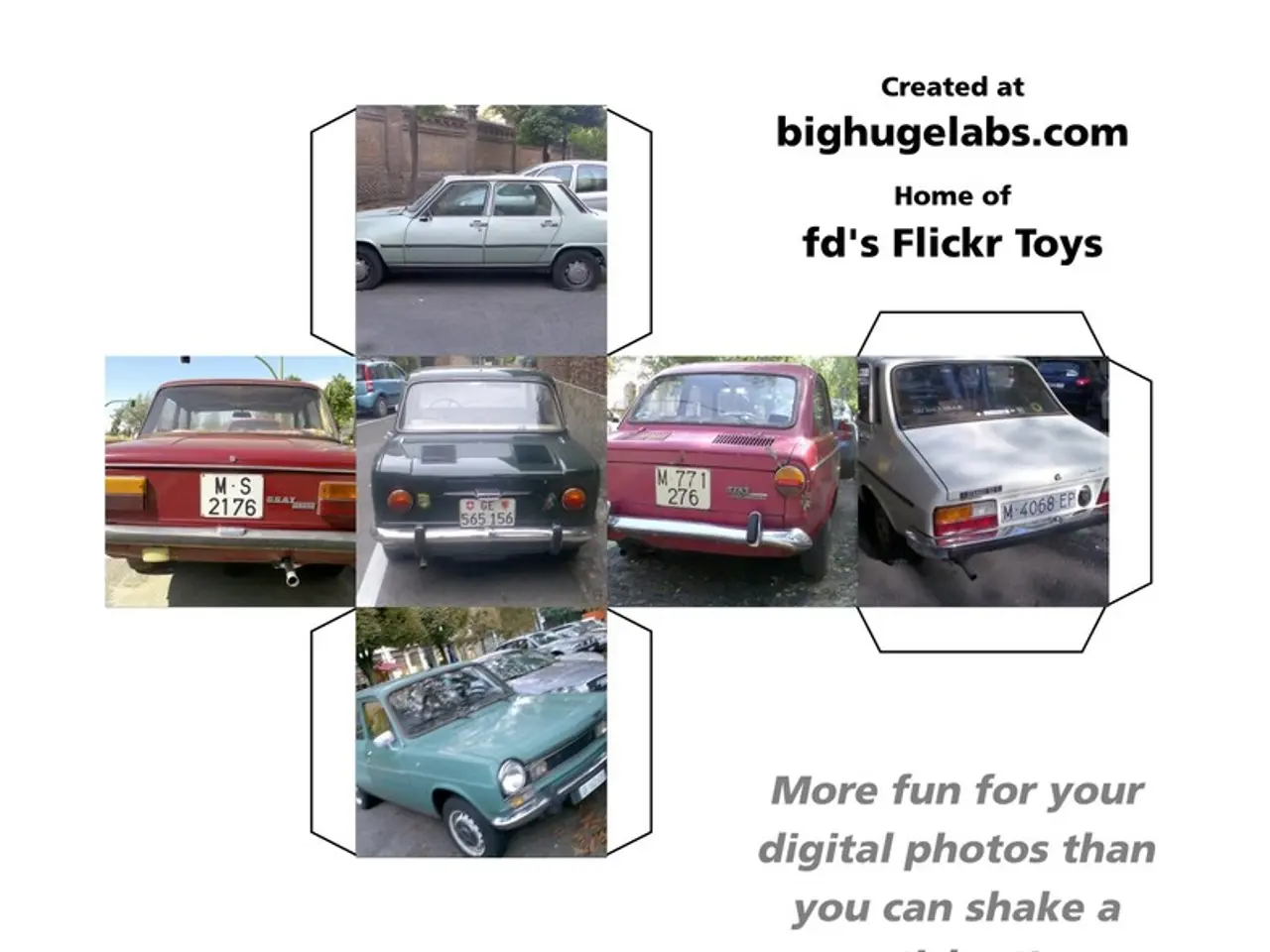Designing a Magnet-Based Strategy for Long-Term Brake System Durability
In the ever-evolving world of automotive technology, keeping your car's brake system up-to-date is more important than ever. Here's a comprehensive guide to future-proofing your brake system, drawing on insights from modern vehicles like the 2025 Toyota Tundra and Sequoia.
The heart of the brake system lies in the calipers, which house the brake pads and control fluid release. When it comes to brake pads, there are three main types: ceramic, semi-metallic, and organic compounds. Ceramic pads offer quiet operation and longevity, semi-metallic provide high stopping power and durability, while organic compounds are budget-friendly but may require more frequent replacements.
The hydraulic system transmits pressure through brake fluid from the master cylinder to the calipers. Rotors and drums, parts attached to the wheels, are the parts that the brake pads contact via the caliper. Regular inspections and periodic cleaning are essential to keep the brake system free of debris and ensure its smooth operation.
Regular maintenance, such as adjusting brake pads and replacing worn-out components, prevents unexpected breakdowns and boosts safety on the roads. Signs of a worn-out brake system include rumbling noises under braking, drum scratching when braking, and a vehicle that feels less responsive or doesn't slow down as expected.
To future-proof your car’s brake system, consider these key advanced features and technologies:
1. **Electronically Controlled Braking (ECB) System:** Modern vehicles, like the 2025 Toyota Tundra TRD Pro, use ECB systems that integrate regenerative braking. This system uses electronic controls to optimise braking efficiency and energy recovery, which is essential for hybrid and electric vehicles.
2. **Electric Parking Brake (EPB):** An electric parking brake replaces the traditional mechanical handbrake with an electronically actuated system, improving reliability, space usage, and ease of integration with driver assist systems.
3. **Regenerative Braking Integration:** This feature recovers kinetic energy during braking to recharge the hybrid or electric battery, enhancing overall vehicle efficiency and reducing wear on the mechanical brake components.
4. **Advanced Brake Safety Systems:** Including Anti-lock Brake System (ABS), Electronic Brake-force Distribution (EBD), Brake Assist (BA), and Smart Stop Technology (SST) provide enhanced control, safety, and responsiveness.
5. **Permanent Magnet Synchronous Motors and Hybrid Systems:** The hybrid motors, like the permanent magnet synchronous motor in some Toyota hybrids, support regenerative braking and provide additional torque during deceleration phases.
To future-proof your brake system with these principles:
1. **Opt for Vehicles with Electronically Controlled and Regenerative Braking Systems:** These systems are designed for integration with future electric and hybrid drivetrains.
2. **Ensure Compatibility with Electronic Brake Controls and Diagnostics:** Electronic braking systems can be updated or calibrated with software improvements, extending system longevity.
3. **Maintain and Upgrade Brake Components Regularly:** Use high-quality, compatible parts designed for electronic and regenerative braking to ensure system reliability over time.
4. **Stay Informed on Emerging Magnetic and Electronic Technologies:** While the "Magnetic Blueprint" is not explicitly detailed here, magnetic technology underpins many modern electric motor and brake energy recovery systems, suggesting that embracing these technologies aligns with future-proofing strategies.
In conclusion, future-proofing your brake system involves embracing electronically controlled, regenerative, and hybrid-compatible braking technologies currently leading the industry, as exemplified by the 2025 Toyota models. If the "Magnetic Blueprint" refers to a specific emerging technology, no direct references are available in the current literature, but the focus on magnetic components in electric motors and regenerative braking is central to modern brake system advancements.
Lastly, it's worth noting that sustainable manufacturing practices should be prioritised when choosing brake components to reduce environmental impact. Recycling brake components at the end of their lifespan is another important step towards creating a more sustainable future for automotive technology.
The use of Electronically Controlled Braking (ECB) Systems, found in modern vehicles like the 2025 Toyota Tundra, integrates regenerative braking, enhancing braking efficiency and energy recovery, which is crucial for hybrid and electric vehicles.
An Electric Parking Brake (EPB) replaces the traditional mechanical handbrake, improving reliability and easing integration with driver-assist systems.
Regenerative Braking Integration recovers kinetic energy during braking, recharging the hybrid or electric battery, and enhancing overall vehicle efficiency.
Future-proofing your brake system also involves staying informed on emerging magnetic and electronic technologies, as the focus on magnetic components in electric motors and regenerative braking is central to modern brake system advancements.
Sustainable manufacturing practices and recycling brake components at the end of their lifespan are important steps towards a more sustainable future for automotive technology, contributing to environmental science and finance. Additionally, the study and application of climate-change solutions in the industry can further improve the environmental footprint of the automotive sector.




